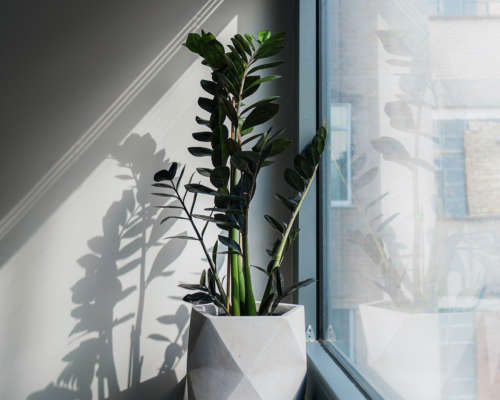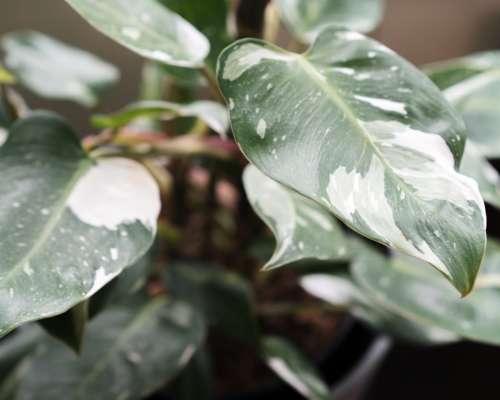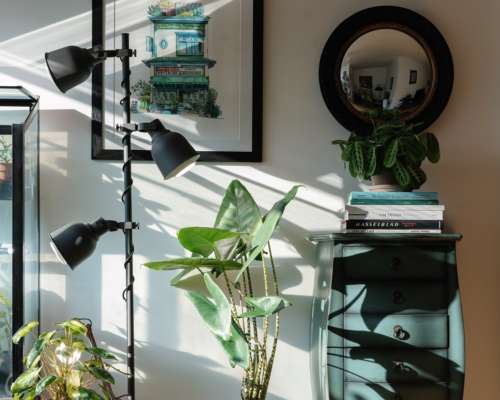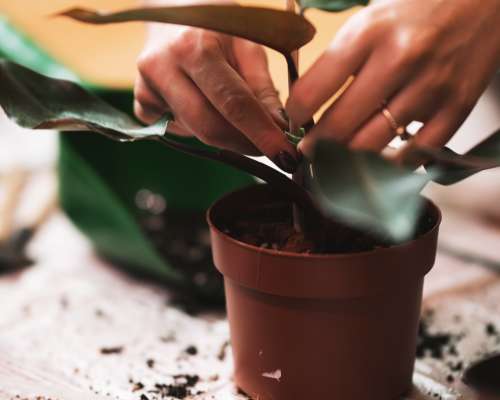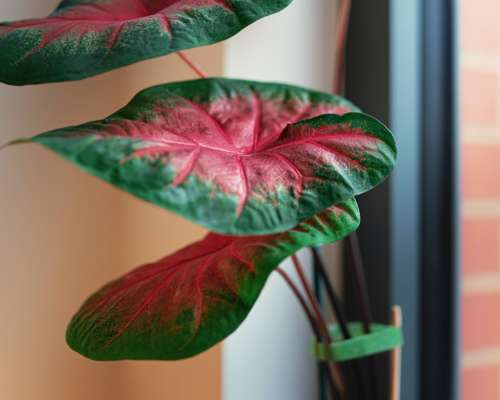You might remember that I started transitioning some of my plants to pon this year, but what you might not know is how long it took me to reach this decision. I was worried about the transition period and cost, but after many hours of heavy internet research I made the jump.
Here’s my journey.
What is pon?
Pon is an inorganic plant substrate made by Lechuza. The reasons I like pon it’s because:
- Fungi can’t grow on it
- Pests can’t grow and multiply in it
- Stabilises the PH balance
- Works for all plants!
- And you can use it forever ... well, not forever forever ... but you don’t need to change it for few years.
For all the scientist out there pon consists of zeolites, pumice, light lava and slow release fertiliser.
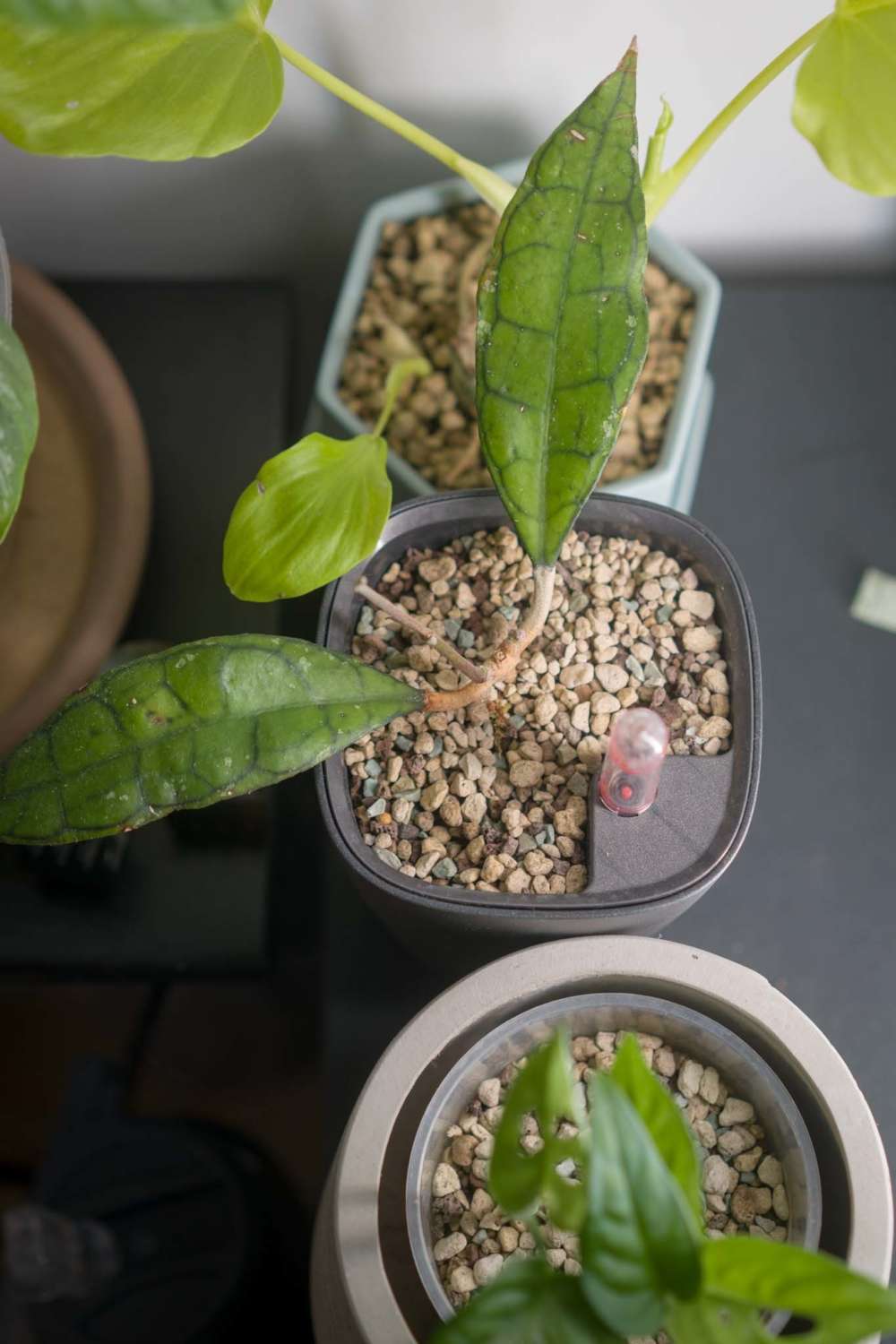
Why Pon?
The main reason I wanted to try out pon with my plants was because I live in a very warm flat and the soil in pots is drying super fast. And if you have hundreds of plants like I have, you know how long it takes to water them. Pon remains moist for a long period of time and my tropical plants love it!
Transitioning to Pon
Now let’s talk transitioning. I was worried initially about the transition process so I started small and careful and succeeded, and have 0 casualties!
My first plants to transition were few Hoyas, few Philodendrons, Alocasia, and Anthurium. Here’s my step by step advice for moving plants to pon:
- I start by removing the plants from their pots and gently cleaning as much dirt as I could from their roots. You don’t have to have them squeaky clean so I don’t spend a huge amount of time on this, but I do take this opportunity to check the roots and make sure they’re healthy.
- Once this bit was done I start placing some pon in the planter so that the roots rest on it. And then start adding more until the roots are covered and the plant is secured. Pretty easy and straightforward.
- Next steps is watering your newly potted plant. If you are using self-watering pots like the Lechuz ones I have, don’t fill the reservoir in the first couple of weeks. Just water like you’d normally do. This is because the roots of the plant need to grow into the reservoir. You can tell when it’s time to water your plant because the pon will slightly change the colour but you can also test the moisture in the pon with your fingers just like you’d do with soil.
- After a few weeks have passed you can test if your plant is ready to start using the water reservoir by filling it half way through, and check if the water is being absorbed in the next few days. This is your indicator that your good to go. At which point please fill the water reservoir to Max.
- One other thing to keep in mind is that pon will be moist even after your reservoir has been emptied and you shouldn’t top it up straight away. A ‘dry phase’ is recommended. This depends on your plant, environment etc but it should be between 2-10 days.
I also have few plants in pon in regular nursery pots (it is not necessary to use self-watering pots with pon). For these I water them normally like I would do with soil.
Pro tips
Once you’ve transitioned your plants keep an eye on them for any changes. Not all plants will be happy in pon straight away. It might take some time to adjust.
I transitioned quite a few plants, luckily without any issues and I think I’m going to transition to Pon my big tropical plants.
Hope this helped, and answered some of your questions about pon. Please let me know if you have any other questions in the comments below.
And good luck with your transition to pon.


